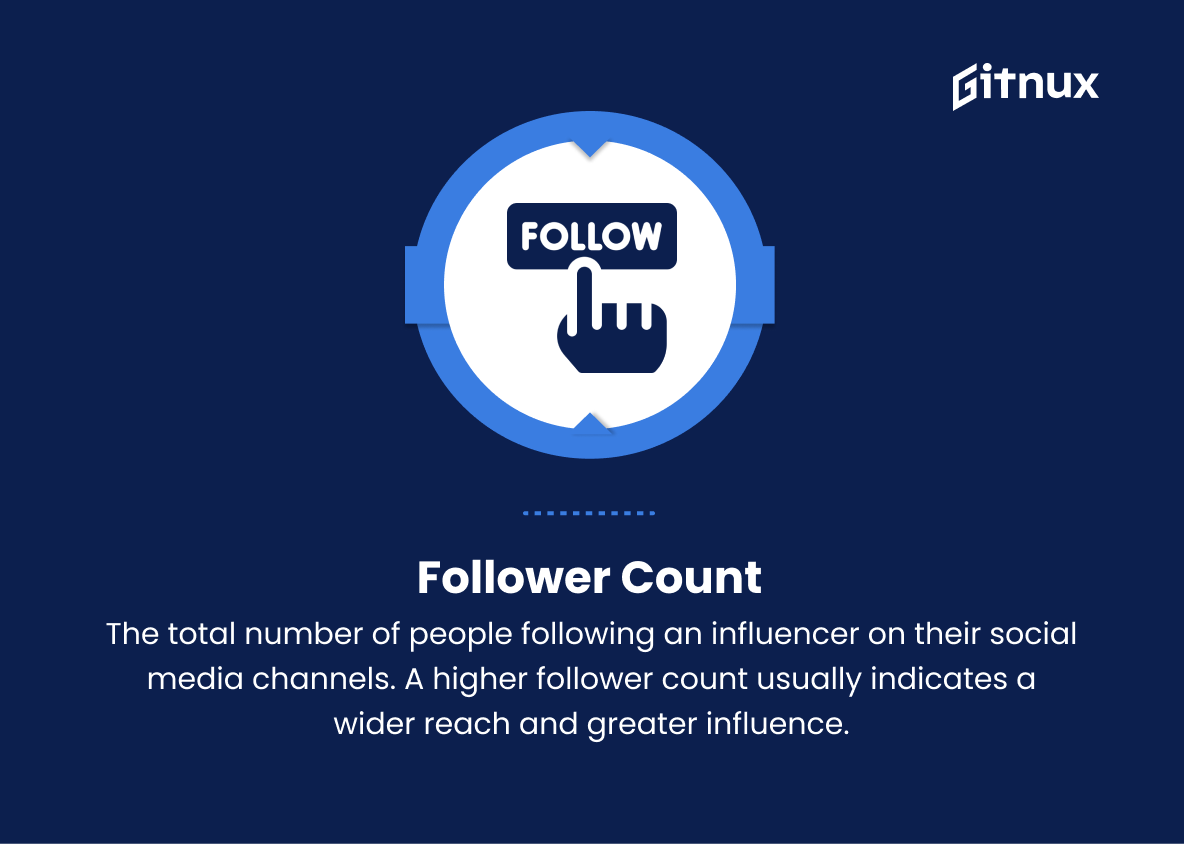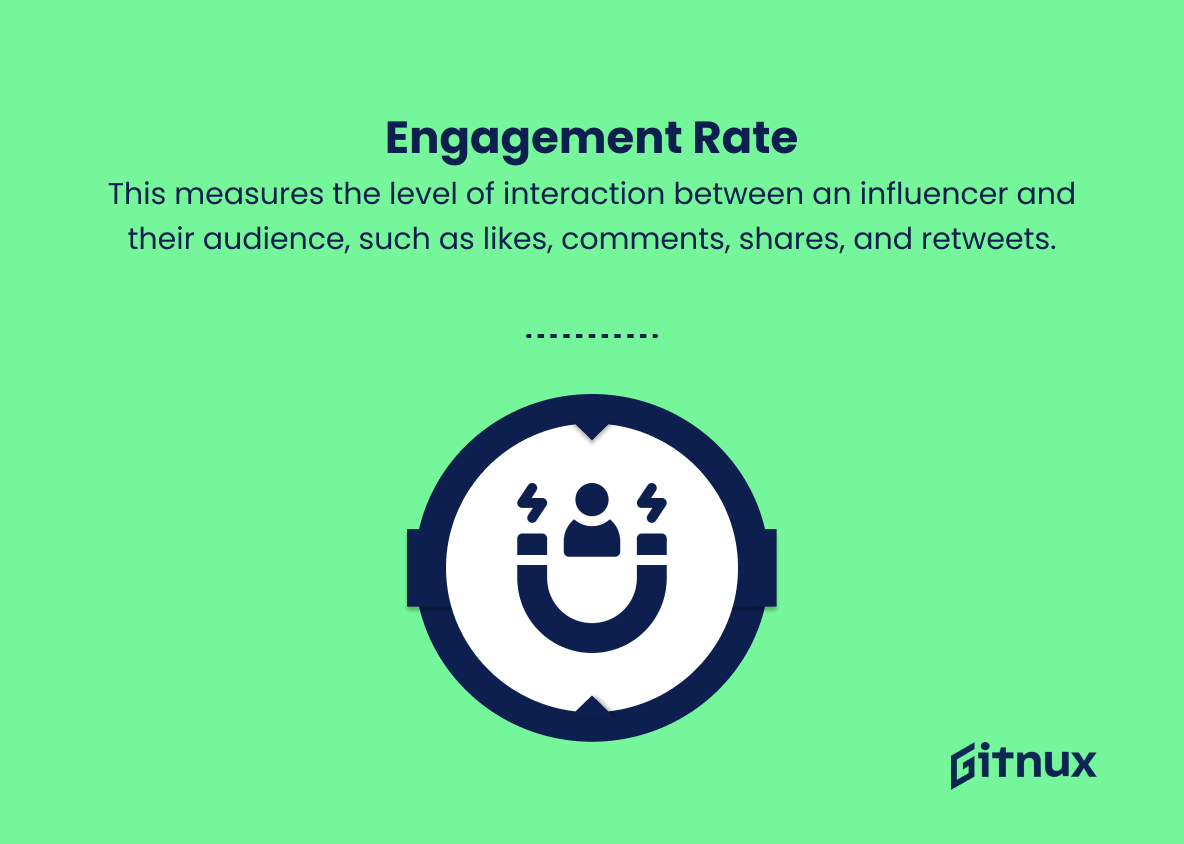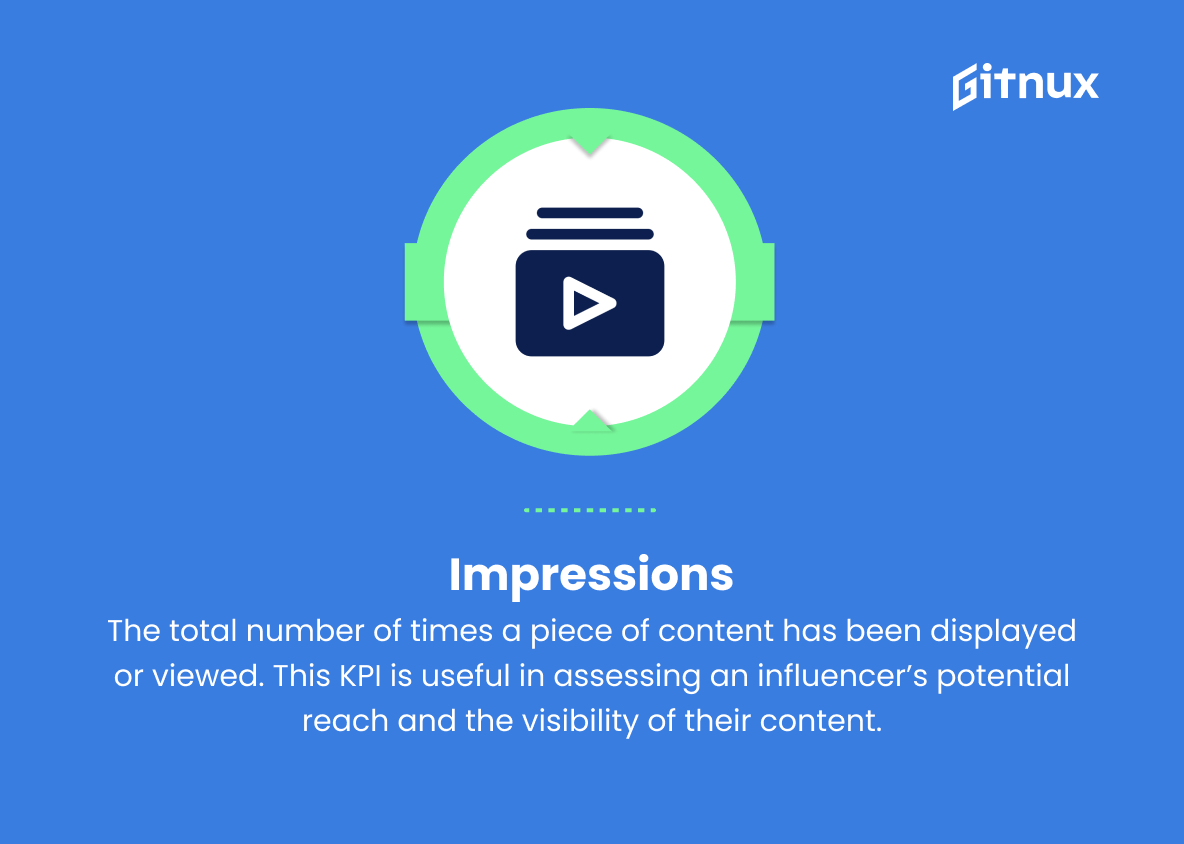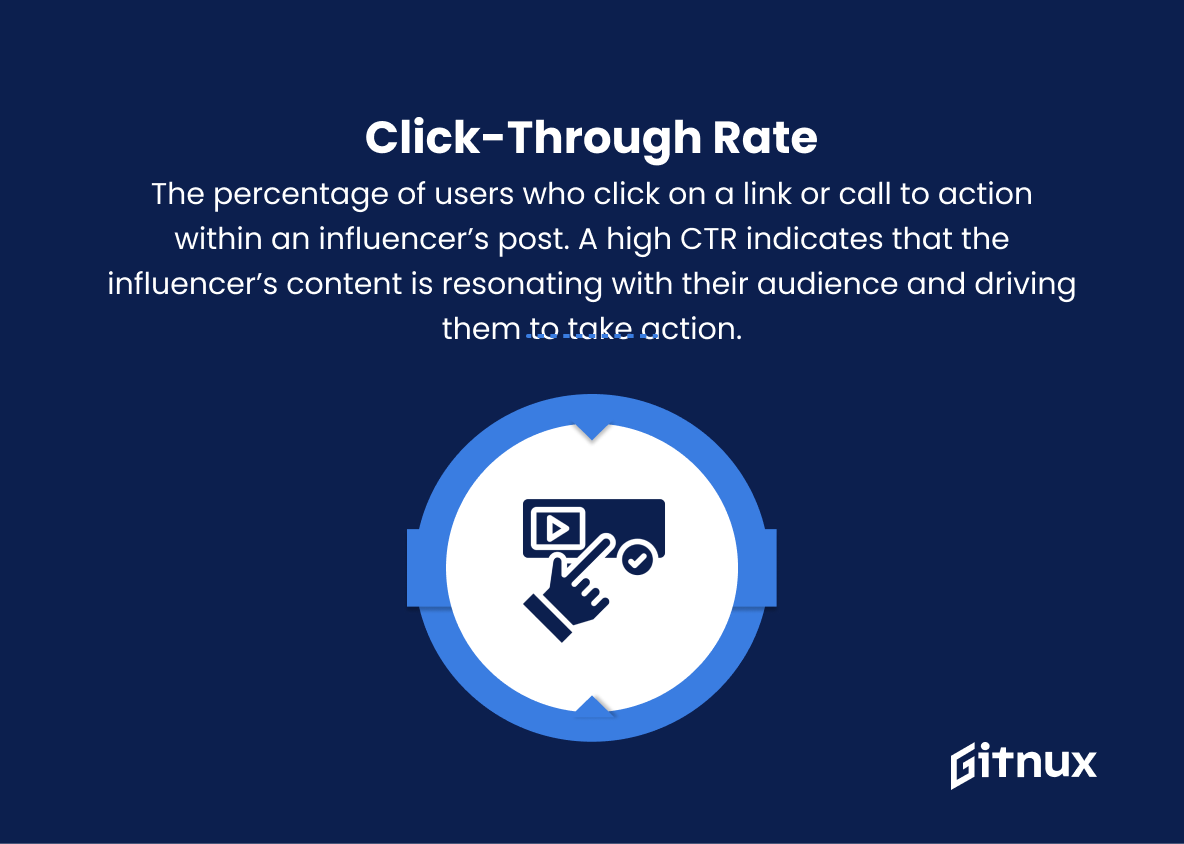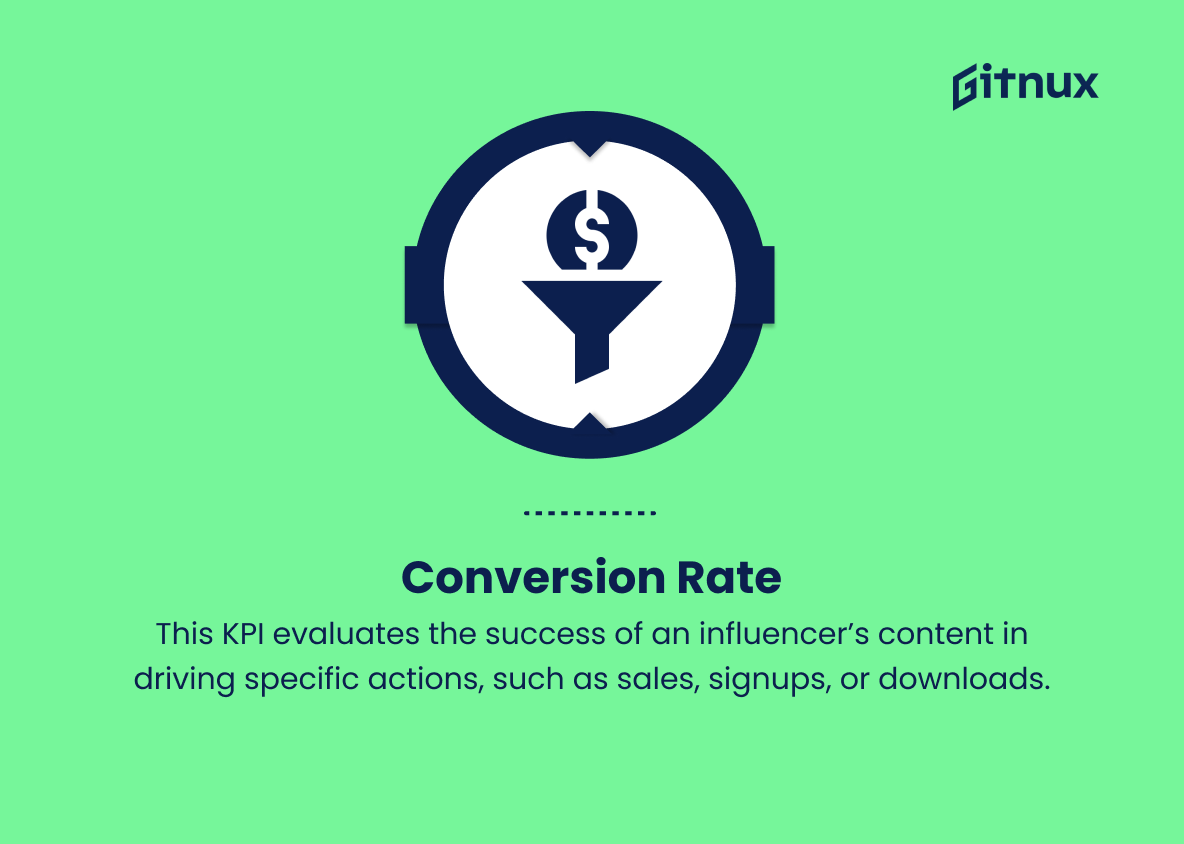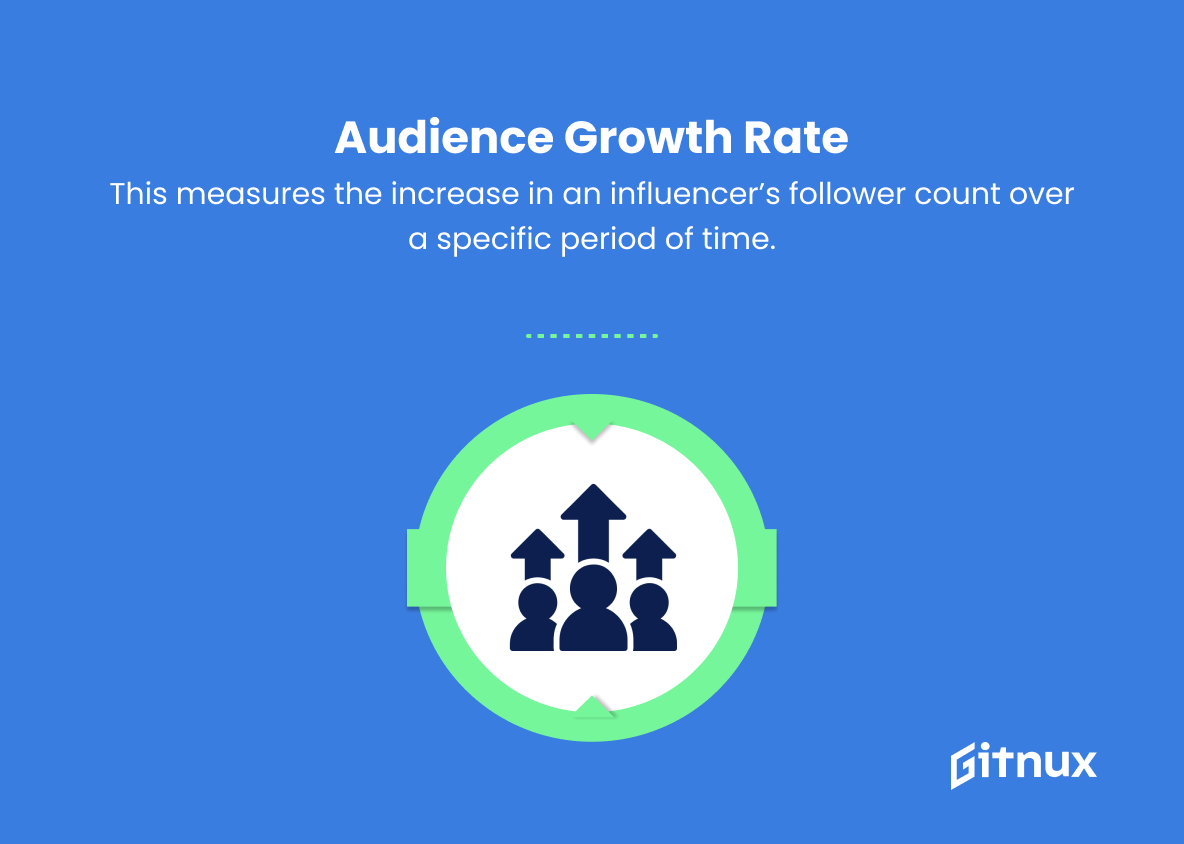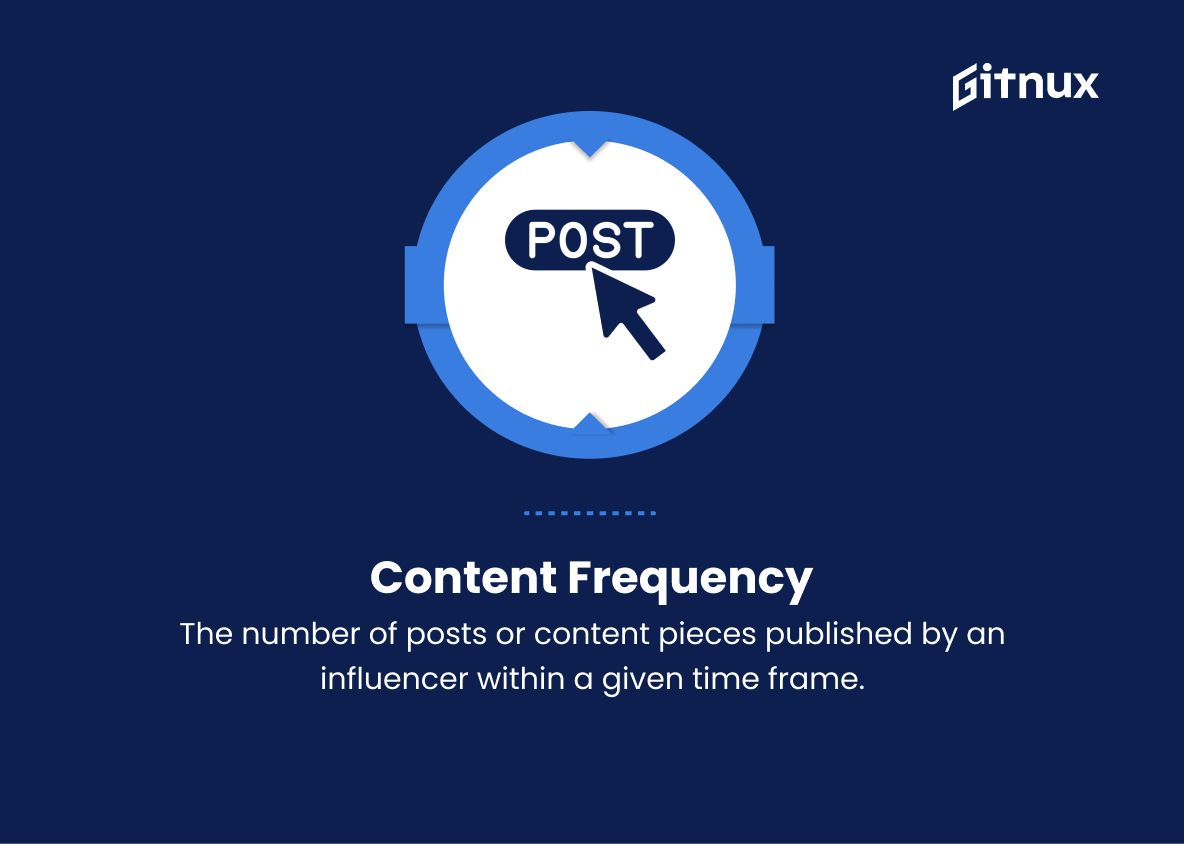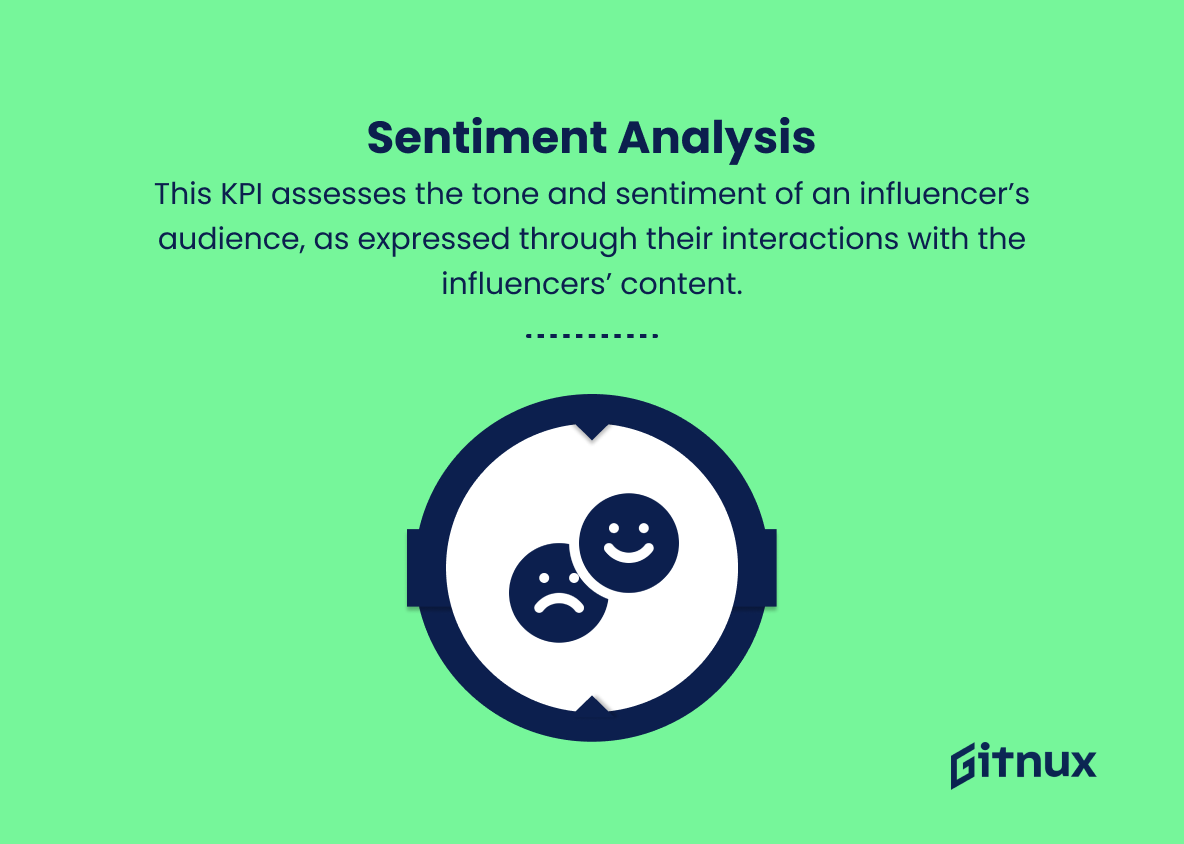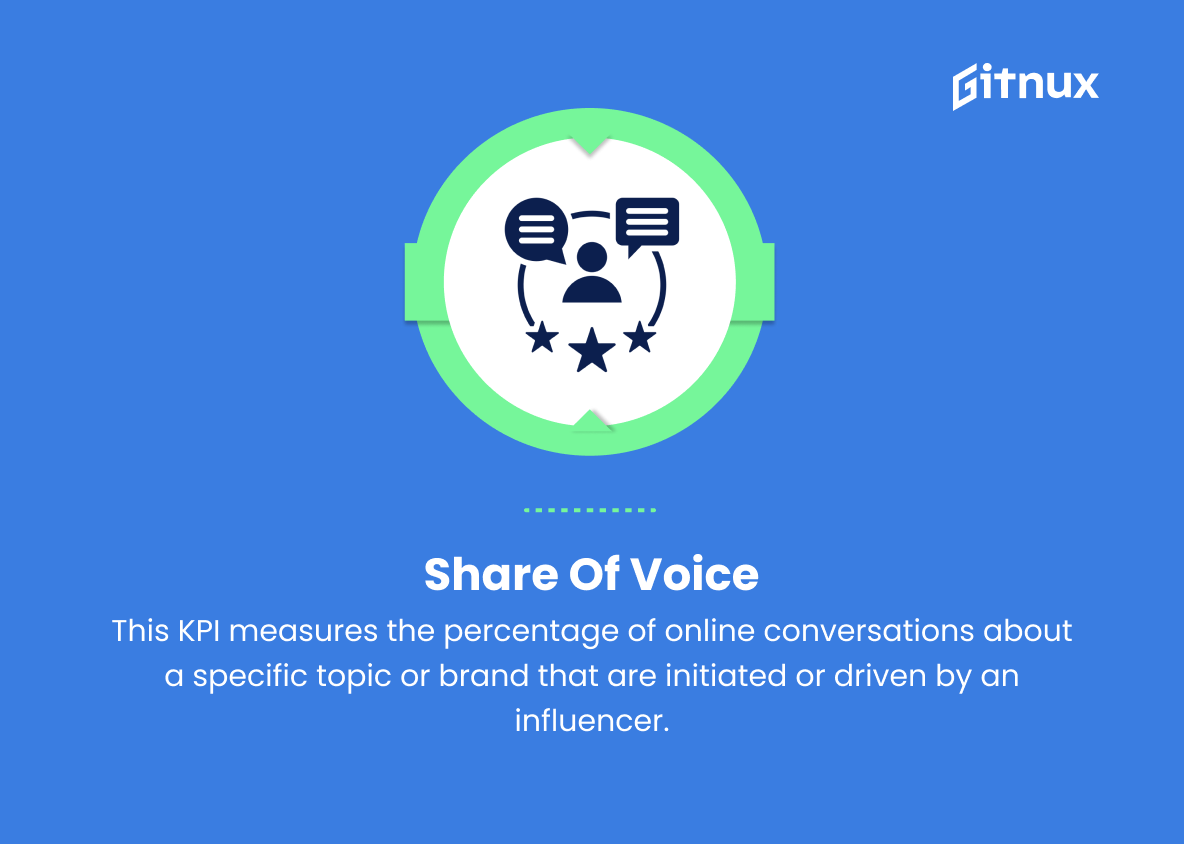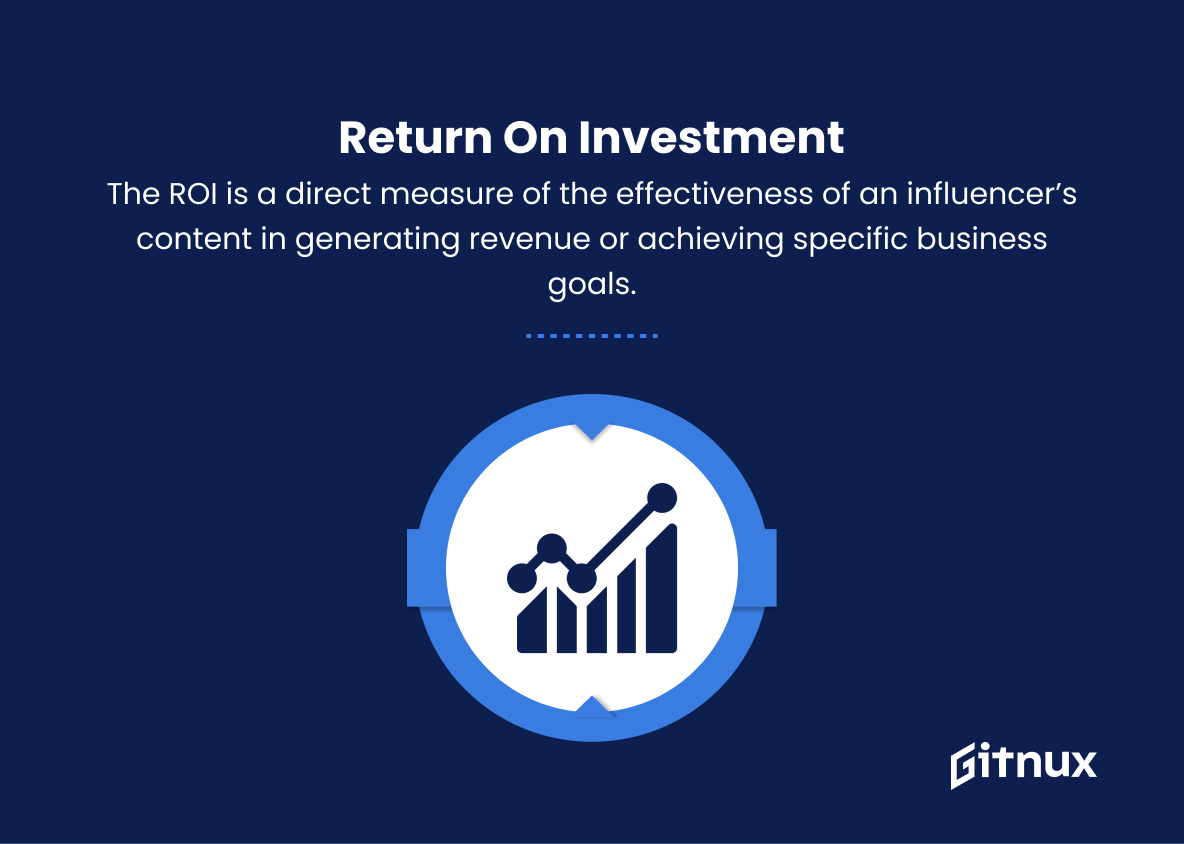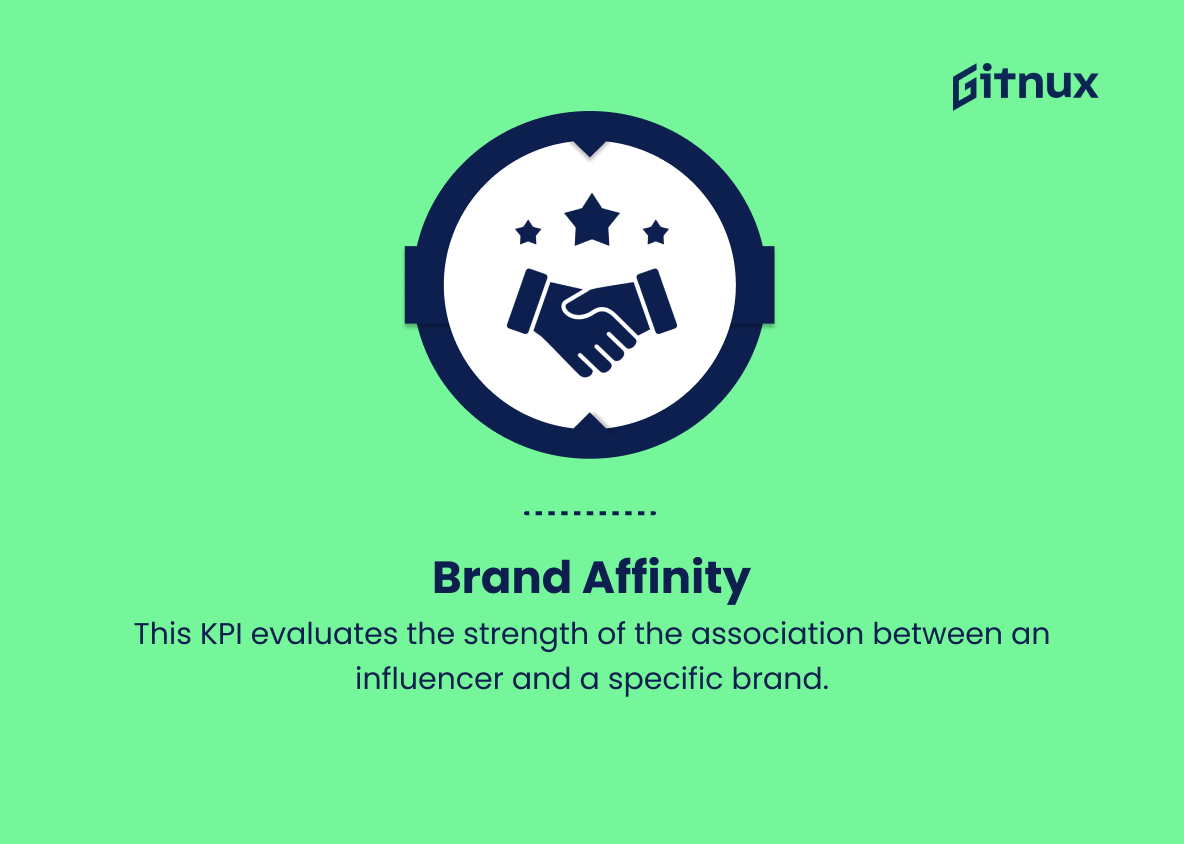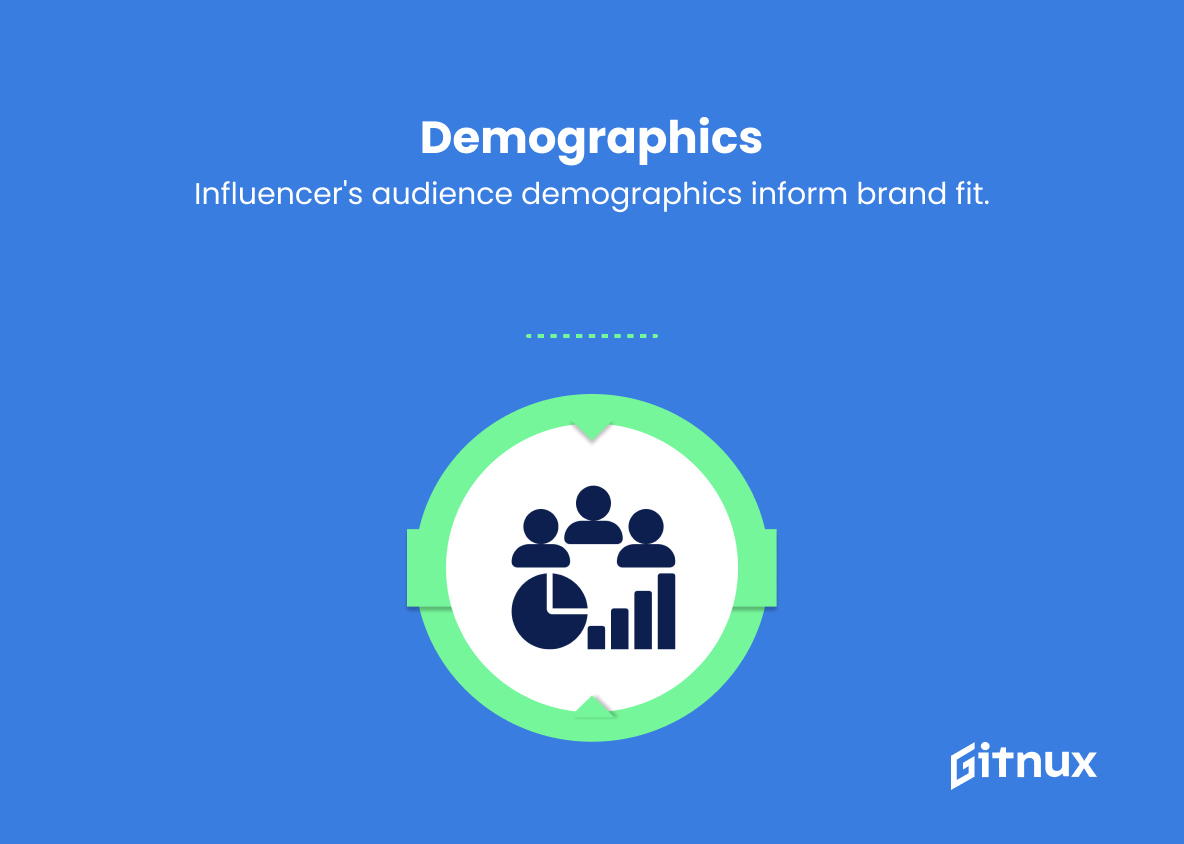In today’s fast-paced digital world, influencers have become a critical component of successful marketing strategies, reaching millions of consumers across multiple online platforms. As a result, it’s becoming increasingly important for brands to measure the performance of their influencer partnerships and campaigns. This is where influencer key performance indicators (KPIs) come into play.
In this blog post, we’ll take a deep dive into the world of influencer KPIs, exploring what they mean, the most important metrics to track, and how they can ultimately help you evaluate and optimize your influencer marketing efforts. Get ready to harness the power of data-driven insights and maximize the ROI of your influencer campaigns.
Influencer KPIs You Should Know
1. Follower count
The total number of people following an influencer on their social media channels. A higher follower count usually indicates a wider reach and greater influence.
2. Engagement rate
This measures the level of interaction between an influencer and their audience, such as likes, comments, shares, and retweets. A high engagement rate demonstrates that an influencer is effectively connecting with their audience.
3. Impressions
The total number of times a piece of content has been displayed or viewed. This KPI is useful in assessing an influencer’s potential reach and the visibility of their content.
Influencer KPIs matter because they provide valuable insights into the impact and effectiveness of an influencer’s content and presence on social media.4. Click-through rate (CTR)
The percentage of users who click on a link or call to action within an influencer’s post. A high CTR indicates that the influencer’s content is resonating with their audience and driving them to take action.
5. Conversion rate
This KPI evaluates the success of an influencer’s content in driving specific actions, such as sales, signups, or downloads. A high conversion rate means the influencer’s content is effectively influencing their audience to take the desired action.
6. Audience growth rate
This measures the increase in an influencer’s follower count over a specific period of time. A high audience growth rate indicates that an influencer’s content is attracting new followers and expanding their reach.
7. Content frequency
The number of posts or content pieces published by an influencer within a given time frame. Consistent content frequency can demonstrate an influencer’s commitment and ability to engage their audience regularly.
8. Sentiment analysis
This KPI assesses the tone and sentiment of an influencer’s audience, as expressed through their interactions with the influencers’ content. Positive sentiment suggests a strong connection between the influencer and their audience.
9. Share of voice
This KPI measures the percentage of online conversations about a specific topic or brand that are initiated or driven by an influencer. A high share of voice indicates that the influencer is a key player and thought leader in their niche.
10. Return on investment (ROI)
The ROI is a direct measure of the effectiveness of an influencer’s content in generating revenue or achieving specific business goals. A high ROI indicates that the influencer’s content has a significant impact on a brand’s bottom line.
11. Brand affinity
This KPI evaluates the strength of the association between an influencer and a specific brand. A high brand affinity indicates that the influencer’s audience values their endorsement or partnership with that brand.
12. Demographics
Understanding the demographic composition of an influencer’s audience, including factors like age, gender, location, and interests, can help brands determine if the influencer is a good fit for their target audience.
In today’s fast-paced digital world, influencers have become a crucial component of successful marketing strategies, as they reach millions of consumers through various online platforms.Influencer KPIs Explained
Influencer KPIs matter because they provide valuable insights into the impact and effectiveness of an influencer’s content and presence on social media. Follower count, engagement rate, impressions, click-through rate, and conversion rate highlight the influencer’s reach, audience engagement, and ability to drive desired actions.
Meanwhile, audience growth rate, content frequency, sentiment analysis, share of voice, return on investment, brand affinity, and demographic information help brands determine if the influencer is a good fit for their target audience, as well as evaluate the influencer’s authority in their niche and the strength of their association with a specific brand. Altogether, these KPIs enable brands to make informed decisions on influencer partnerships, ensuring that they maximize their marketing efforts and achieve desired outcomes from their influencer collaborations.
Conclusion
In conclusion, influencer KPIs play a crucial role in measuring the success of influencer marketing partnerships. By closely monitoring metrics such as reach, engagement, conversion rates, and ROI, both brands and influencers can ensure that their collaboration yields optimal results and contributes positively to both parties’ growth.
It is essential to set clear objectives and continuously assess the performance of an influencer campaign to ensure it aligns with a brand’s overall marketing strategy. By doing so, brands and influencers will have the ability to make data-driven decisions, refine their approach, and establish strong relationships that will not only deliver significant returns on investment but also build a solid foundation for future endeavors in the ever-evolving world of influencer marketing.
